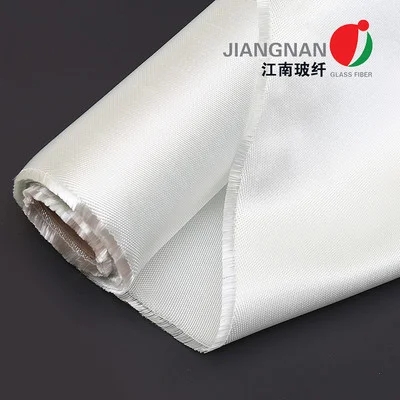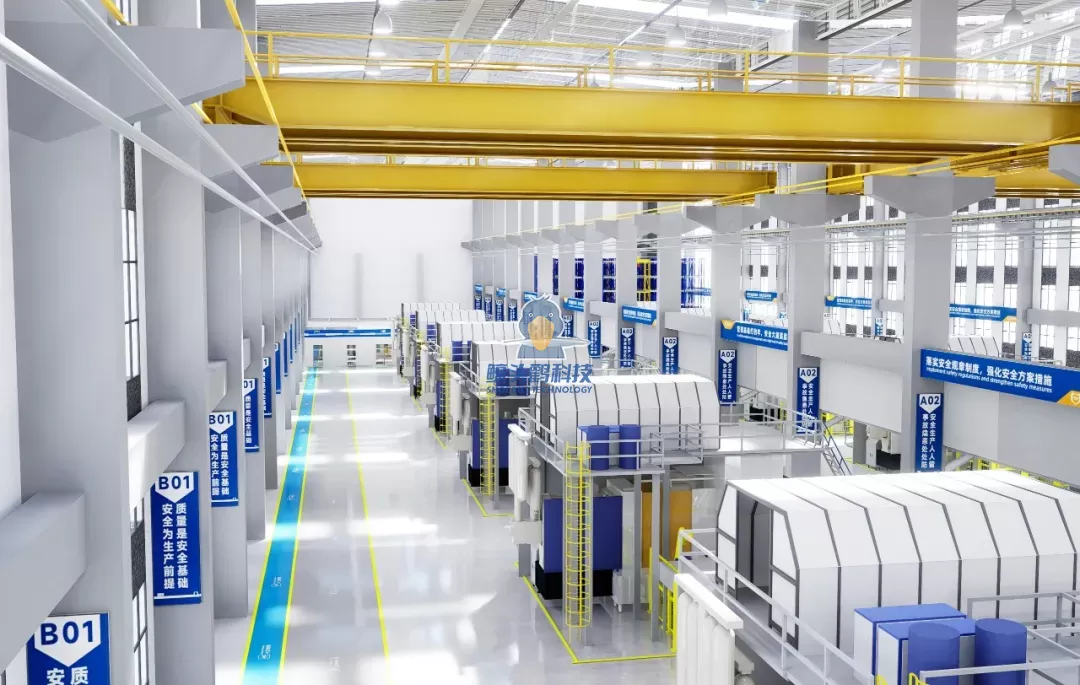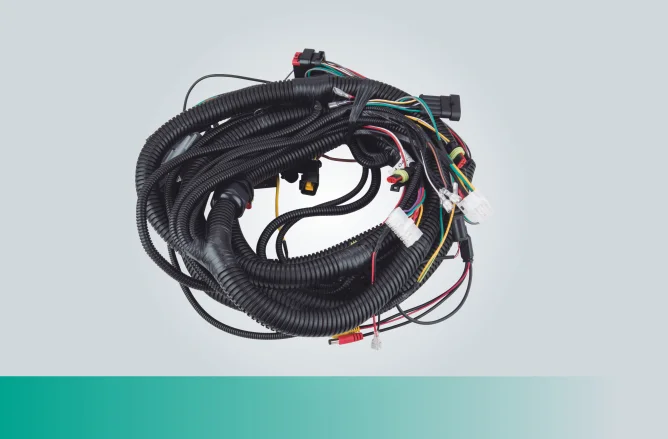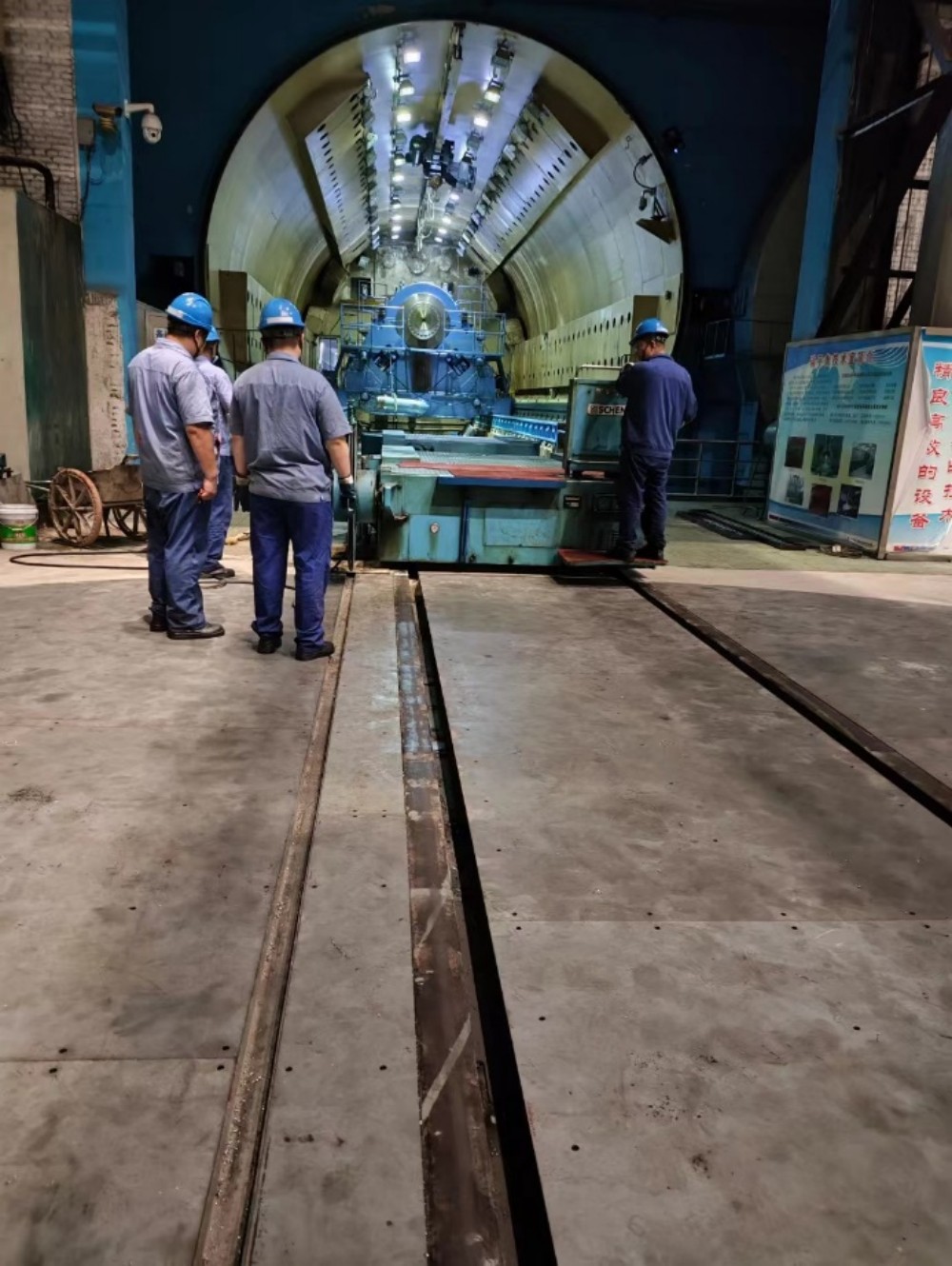In an era where energy efficiency and thermal management are paramount, understanding which materials repel heat is crucial for various applications, from building construction to aerospace engineering. This article delves into the science behind heat repulsion, exploring the properties of materials that effectively minimize thermal transfer, and their practical applications across different industries.
Understanding Heat Transfer
Before we dive into specific materials, it's essential to grasp the fundamental concepts of heat transfer. Heat can be transferred through three primary mechanisms: conduction, convection, and radiation.
- Conduction occurs when heat moves through a material due to direct contact between particles. Metals, for instance, are excellent conductors of heat, while insulators like rubber and glass resist this transfer.
- Convection involves the movement of heat through fluids (liquids and gases) as warmer areas of a liquid or gas rise and cooler areas sink.
- Radiation is the transfer of heat through electromagnetic waves, which can occur in a vacuum. Materials that reflect radiant heat, such as polished metals, can effectively repel thermal energy.
Materials That Repel Heat
- Aerogel
Often referred to as frozen smoke, aerogel is one of the most effective thermal insulators known. Composed of up to 99.8% air, aerogel has an extremely low density and high porosity, which significantly reduces heat conduction. Its unique structure allows it to reflect radiant heat while minimizing conduction, making it ideal for applications in space exploration, building insulation, and even clothing.
- Reflective Insulation
Reflective insulation materials, such as radiant barriers, are designed to reflect radiant heat away from living spaces. These materials typically consist of a highly reflective surface, often aluminum, which can reduce cooling costs in buildings by reflecting heat away from the interior. This technology is particularly beneficial in hot climates where air conditioning is essential.
- Phase Change Materials (PCMs)
Phase change materials absorb and release thermal energy during the process of melting and freezing. When temperatures rise, PCMs absorb excess heat, preventing temperature fluctuations in their environment. This property makes them invaluable in building materials, where they can help maintain comfortable indoor temperatures without excessive energy use.
- Thermal Barrier Coatings (TBCs)
Used primarily in aerospace and automotive industries, thermal barrier coatings are ceramic materials applied to metal substrates to protect them from extreme temperatures. These coatings can withstand high heat while providing a barrier that minimizes thermal transfer, thus enhancing the durability and performance of components exposed to high temperatures.
- Insulating Foam
Polyurethane and polystyrene foams are widely used in construction for their excellent thermal insulation properties. These materials trap air within their structure, significantly reducing heat conduction. Insulating foam is commonly used in walls, roofs, and floors to enhance energy efficiency in buildings.
Practical Applications of Heat-Repelling Materials
The implications of using heat-repelling materials extend across various sectors:
- Construction: Utilizing materials like aerogel and reflective insulation can lead to significant energy savings in residential and commercial buildings, reducing reliance on heating and cooling systems.
- Aerospace: The use of TBCs in jet engines and spacecraft protects critical components from extreme thermal environments, enhancing safety and performance.
- Consumer Products: Heat-repelling materials are increasingly found in everyday products, such as thermal mugs and insulated containers, improving user experience by maintaining desired temperatures for longer periods.
Conclusion
Understanding which materials repel heat is essential for advancing technology and improving energy efficiency across various industries. From innovative aerogels to practical insulating foams, the development and application of these materials not only enhance performance but also contribute to sustainability efforts. As we continue to explore new materials and technologies, the potential for reducing thermal transfer will play a vital role in shaping a more energy-efficient future.






